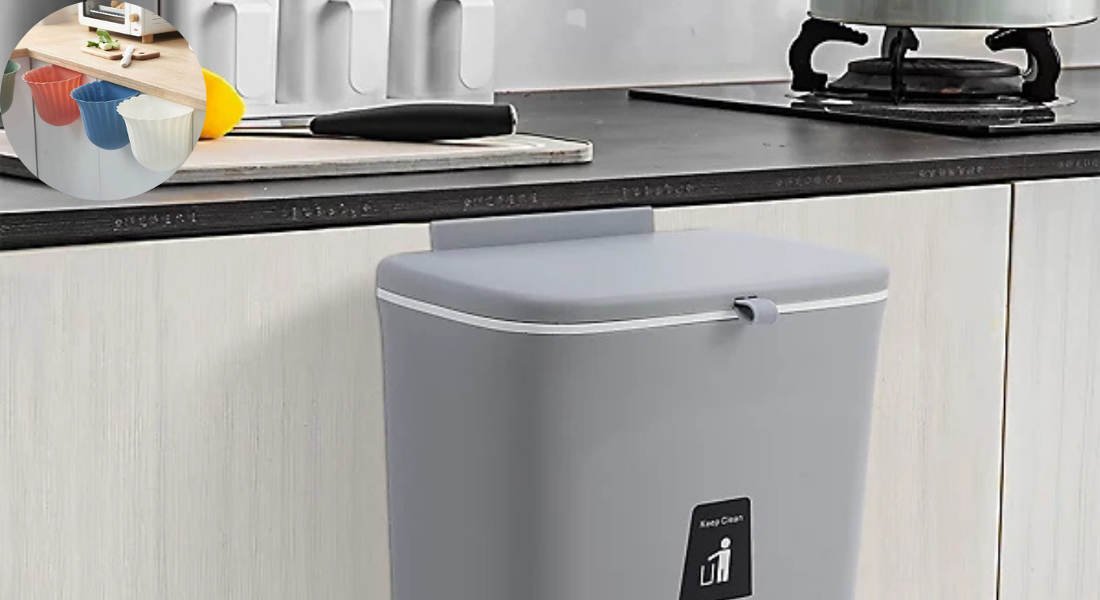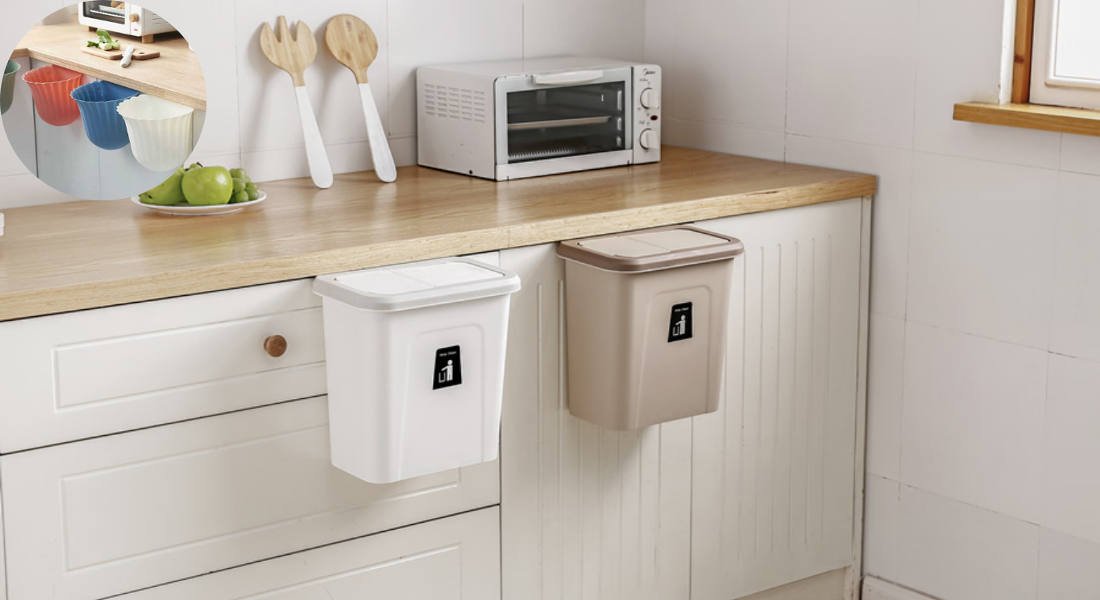Hanging a kitchen cabinet door might seem like a small task, but it plays a huge role in maintaining the functionality and aesthetics of your kitchen. A properly installed cabinet door ensures a clean, polished look and makes your kitchen a joy to use. However, misaligned or loose cabinet doors can lead to frustration, affect usability, and even cause long-term damage to your cabinets.
Why Properly Hanging Your Kitchen Cabinet Door Matters
Impact on Kitchen Appearance
Your kitchen cabinets are one of the most visible elements in your space. A well-aligned door creates a harmonious look, while crooked or sagging doors can make even the most expensive kitchen appear unkempt. Properly hung doors ensure clean lines and symmetry, elevating the overall aesthetic of your kitchen.
Prolongs Cabinet Life
When a cabinet door is not aligned correctly, it can scrape against the frame or put extra strain on the hinges. Over time, this can damage both the door and the cabinet structure. Proper installation minimizes wear and tear, helping your cabinets last longer.
Safety Concerns
Poorly installed cabinet doors can become a safety hazard. For example, a loose hinge may cause the door to fall unexpectedly, potentially causing injuries or damaging nearby items. By ensuring a secure and precise installation, you can avoid such risks and enjoy peace of mind.
Tools and Materials Needed for Hanging a Kitchen Cabinet Door
Essential Tools
Here’s a list of tools you’ll need to get started:
- Screwdriver (manual or electric)
- Drill and drill bits
- Measuring tape
- Level
- Pencil for marking
- Clamps (optional but helpful for holding the door in place)
Materials
- Cabinet door
- Hinges (appropriate type for your cabinet)
- Screws (usually come with the hinges)
- Handles or knobs (optional)
Optional Tools
For those looking for a professional finish or advanced adjustments, consider using:
- Jigs for precise hinge placement
- Orbital sander or hand plane for trimming
- Wood filler for repairing screw holes, if needed
Pro Tip: Always opt for high-quality hinges and screws. Cheap materials might save you money upfront, but they can lead to problems like squeaky hinges or sagging doors later.
Understanding Cabinet Door Types and Hinges
Cabinet Door Types
Understanding the type of cabinet door you’re working with will help you select the right hinges. Common types include:
- Inset Doors: Sit flush with the cabinet frame for a sleek, modern look.
- Partial Overlay Doors: Cover part of the cabinet frame, leaving some of the frame visible.
- Full Overlay Doors: Cover the entire cabinet frame, creating a seamless appearance.
Hinge Types
Selecting the correct hinge type is crucial for functionality and style. Here are the most common options:
- Concealed Hinges: Hidden from view when the door is closed, offering a minimalist look.
- Exposed Hinges: Visible when the door is closed, often used for traditional or rustic designs.
- Soft-Close Hinges: Prevent doors from slamming shut, ideal for modern kitchens.
- Self-Closing Hinges: Automatically pull the door shut after a certain point.
Choose a hinge based on your cabinet type and personal preference. For example, soft-close hinges are great if you want a quieter kitchen.
Preparing the Cabinet and Door for Installation
Step 1: Measure the Cabinet and Door
Accurate measurements are the foundation of a successful installation. Use a measuring tape to:
- Measure the cabinet opening.
- Compare it with the door dimensions.
- Mark the hinge locations on both the cabinet and the door.
Step 2: Trim the Door (If Necessary)
If the door doesn’t fit perfectly, you may need to trim it. Use tools like a table saw, hand plane, or orbital sander to adjust the size. Make sure to sand the edges for a smooth finish.
Step 3: Prep the Surfaces
Before installation, ensure both the cabinet and the door are clean and free of dust or grease. This provides a smooth operation and helps the hinges attach securely.
Step-by-Step Guide: How to Hang a Home Kitchen Cabinet Door
Marking and Drilling Hinge Placement
- Start by marking the hinge locations on the door and cabinet. Typically, hinges are placed about 2 inches from the top and bottom edges of the door.
- Use a template or jig to ensure accuracy and consistency.
- Pre-drill holes to prevent the wood from splitting.
Installing Hinges on the Cabinet Door
- Attach the hinges to the back of the door. Align them with the pre-drilled holes and secure them using screws.
- Make sure the hinges are flush with the door surface to avoid gaps.
Attaching the Door to the Cabinet
- Hold the door in place. You can use clamps or ask someone to help you.
- Secure the hinges to the cabinet frame or sidewall using screws.
- Check alignment to ensure the door is level and evenly spaced.
Testing and Adjusting the Door
- Open and close the door to test its functionality.
- If the door doesn’t align properly, adjust the hinges. Most modern hinges allow small adjustments for height, depth, and alignment.
- Tighten all screws once the door is perfectly adjusted.
Tips for a Professional Finish
Installing Handles and Knobs
- Measure and mark the desired position for handles or knobs.
- Drill holes carefully to avoid splintering the wood.
- Attach the hardware securely for a polished look.
Soft-Closed and Specialty Hinges
Consider upgrading to soft-close hinges for added convenience. They are easy to install and prevent loud slamming noises.
Painting or Refinishing
If your cabinet door needs a fresh coat of paint or finish, do this before installation. Use durable, kitchen-friendly products to protect against moisture and wear.
Troubleshooting: Common Problems and Solutions
Door Won’t Close Properly
- Check hinge placement and tighten any loose screws.
- Ensure the door is not obstructed by the cabinet frame.
The door is Uneven or Sagging.
- Adjust the hinges to level the door.
- Use shims behind the hinges if necessary.
Squeaky or Stiff Hinges
- Apply a small amount of lubricant to the hinges.
- If the problem persists, consider replacing the hinges.
Frequently Asked Questions About Hanging Kitchen Cabinet Doors
QuestionAnswer
Can I reuse old hinges? Yes, if they’re in good condition and fit your cabinet door.
What if my cabinet frame is damaged? Repair it with wood filler or consult a professional.
How do I hang multiple doors evenly? Use a jig to ensure consistent hinge placement.
Is it possible to hang a door alone? Yes, but clamps or a helper can make the process easier.
How do I maintain my cabinet doors? Regularly tighten screws and clean hinges with a damp cloth.
Safety Tips for DIY Cabinet Door Installation
- Always wear safety goggles and gloves when using tools.
- Handle power tools with care and follow the manufacturer’s instructions.
- Work in a well-ventilated area when sanding or painting.
When to Call a Professional
If your cabinet frame is severely damaged or you’re struggling to achieve proper alignment, it may be time to call a professional. While DIY can save money, hiring an expert ensures precision and saves time.
You may also read (laminate flooring in your home kitchen).








